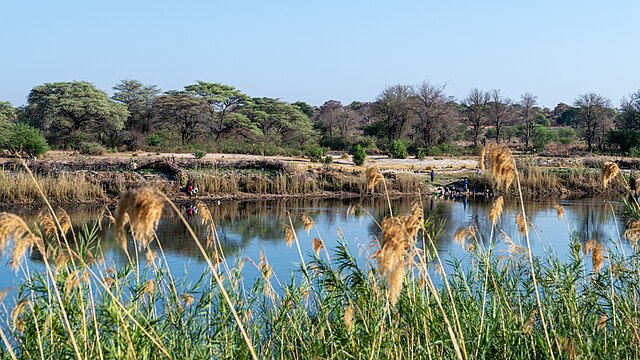The Namibia Agronomic Board (NAB) is championing an international fruit partnership with the European Union (EU), to make Namibia’s fruit sector self-reliant.
Aiming to cut fruit imports from 96% to 50%, the EU-Namibia Economic Partnership Agreement (EU-EPA) is currently funding and training growers.
According to NAB’s spokesperson Emily Abraham in a July 18 report on The Namibian, the initiative has already utilized N$100,000 ($5,459). Each of the parties to the agreement has contributed half this amount.
The EU is also facilitating training workshops to increase technical expertise among fruit growers so that they can join international trade.
Remarking on the export aspect, Abraham said that she is backing the training so that farmers can meet unified market standards.
She recommended the production of diverse cultivars across the country under sustainable practices to bridge market requirements.
Grapes & Other Fruits Important for Namibia’s Fruit Campaign
To achieve export and domestic targets, the EU-EPA initiative is promoting key fruits including grapes, blueberries, dates and citrus.
Table grapes in particular have been performing well in foreign markets, especially in Europe. Indeed, NAB’s June 2024 report showed that exports increased by 19% year-on-year worth N$1.7 billion ($92.63 million). This was double the revenue of the 2018-19 period.
The key markets for grapes in the EU bloc include the Netherlands, the UK and Germany. These three countries helped Namibia attain N$1.4 billion ($72.44 million) in revenue from worldwide fruit and nut exports in 2022. In comparison, 2020 exports generated only N$400 million ($21.78 million).
Blueberries, on the other hand, have been registering similar trade strengths, with 95% of their total production going into export.
Domestically, the story is no different as Namibians import 96% of their fruit requirements from South Africa. Local favorites include apples, bananas, grapes, blueberries, papaya and avocados.
Ultimately, the EU-EPA partnership will help meet Namibia’s fruit needs domestically and cut decades of net food imports. As the following statistics reveal, food and fruit imports partly account for the South African country’s trade imbalance.
Namibia Fruit and Food Statistics
The Namibia Agronomic Board (NAB) cites that Namibia imports 70% of its food and exports 80% of its horticultural produce. Most of the import-export trade takes place with countries outside Africa. In 2020, 85% of fruit, cereal and vegetable exports at N$1.1 billion ($59.97 million) reached other continents while 15% worth N$198 million ($10.79 million) reached Africa. A similar scenario played out for imports, with 59% from other continents vis-á-vis 41% from Africa.
What is the trade balance of Namibia’s grape and citrus fruits?
Grapes led Namibia’s fruit exports at $41.7 million in 2022, or position 25 among the world’s biggest grape-exporting nations. In terms of imports, Namibia imported only US$1.3 million of grapes in 2022. In 2023, grape exports dipped to US$40 million, representing 0.745% of the country’s total commodity exports worth US$5.48 billion. Citrus fruits, on the other hand, generated US$1.04 million in 2023, or 0.018% of the total commodity exports by Namibia. Imports of citrus were however bigger than exports at $3.05 million or 0.042% of the total commodity imports worth $7.23 billion.
How much does Namibia export in vegetables, fruits and nut products?
Between 2019 and 2023, Namibia saw volatile performance in vegetable, fruit and nut preparations exports. In 2019, the export value was U$281,000, which rose in 2020 to US$393,000, then shot up in 2021 to U$1.17 million. The value then more than doubled in 2022 to US$2.73 million before normalization in 2023 at US$485,000.
